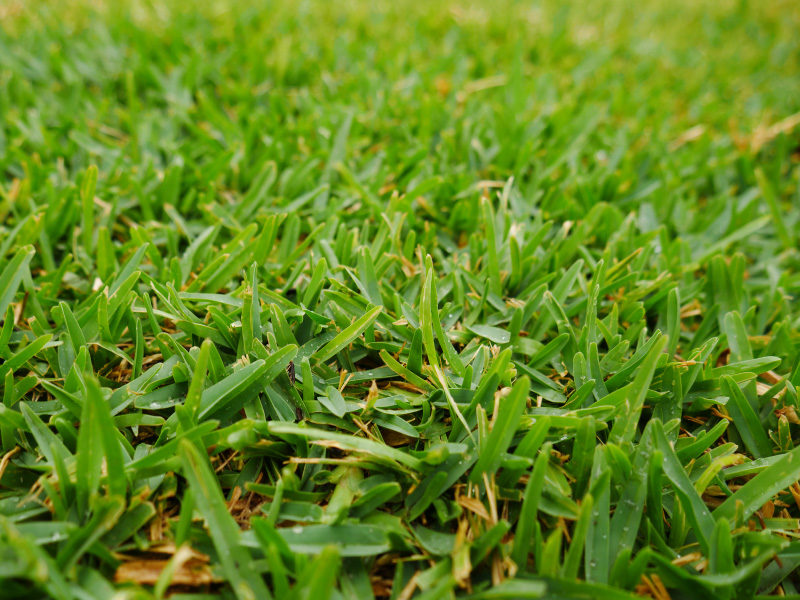While lawns and grassy, green areas are fantastic, having unbroken legions of green is not everyone’s cup of tea. Luckily, with a bit of insight and creativity and the willingness to try something a bit unusual, there are many things you can do with your lawn rather than just watch the grass grow. Have you ever considered any of the following interesting ways to be creative with your lawn?
A chessboard
Creating a life size chessboard in your lawn will make it a great talking piece, as well as occupying the kids for hours at a time, and it’s not as complicated as it might seem. Mowing a chessboard into your lawn is really just striping the lawn, as you often see on professional sporting fields, and is done by shaping the blades of grass in different directions.
A chessboard contains 64 alternately coloured squares, made up of eight rows of eight spaces. Once you’ve figured out the size you want your chessboard to be (which will depend on the size of the swath cut by your mower), all you have to do is measure your board out with layout lines and then mow it. Mow the perimeter around the area of the chessboard first, and then mow inside the chessboard in opposite directions – mow one line north to south and the other south to north. To complete the pattern, change the direction in which you originally mowed – now mow east to west if you previously mowed north to south. Then mow the perimeter again to neaten up the board.
You can buy giant chess sets from specialty chess shops or online from sites such as eBay or Gumtree. Or it might be a good project for you and your kids to make your own pieces. And if you have enough people, you could even play the game using human pieces! All it takes is a few simple steps to turn your lawn from boring to intriguing – and your kids might learn a thing or two along the way.
A cricket pitch (or a handball court, a hopscotch game, a mini tennis court or mini golf course)
Your backyard may not exactly be the MCG, but if your kids are dreaming of becoming professional cricketers then making your own cricket pitch in an open patch of lawn might be the way to go. Before you start, you’ll need to make sure that your grass is tough and hard-wearing, and will be able to cope with the intense wear and tear it’s likely to receive. Couch or kikuyu are good traditional choices, but there are plenty of options to suit all purposes. Click here to find the perfect lawn turf.
A cricket pitch needs to be mown fairly short to create a suitable playing surface. As it will need more regular mowing than the rest of your lawn during the cricket season, it’s best to only take off small amounts of the leaf blade and leave as little thatch (dead leaf blades which remain under the green leaf) as possible, so that the grass will look green rather than brown after mowing. The MCG is mown twice a week with only very small amounts removed each time, so that the grass remains short but thick and green. You shouldn’t need to mow your backyard cricket pitch that often however, but once a week throughout the growing season would be ideal.
With such regular mowing in a high use area, you will need to feed your cricket pitch turf more often than you normally would a regular lawn, and use regular applications of a tonic product such as seaweed solution. High use lawns will also suffer more from compaction and are more likely to develop bald patches, and will need a little recovery time. A light application of fertiliser and a good watering is usually enough to allow the bare patches to be erased. The pitch will also need to be aerated and top dressed once a year to reduce compaction. Early attention to problems will make them much easier to fix and enable your kids to enjoy the cricket pitch all year round.
Along similar lines, you could also consider making other kinds of sporting lawns, such as a handball court, a hopscotch game, a mini tennis court, a small mini golf course or croquet lawn. Using grass for a handball court, for instance, will ensure greater safety for your children, as there is less of a chance for falls and skinned knees and scrapes to occur than if they were playing on a hard surface. You are limited only by your imagination!
Playing sport in the backyard is a great Aussie pastime, and you can help to ensure that this tradition continues by creating a fantastic sporting lawn that your kids (and you) will love to use.
To find out how to grow grass to last, click here.
A wildflower meadow
For the more refined among us, a wildflower meadow might be something you’d like to consider. The thought of turning an unused corner of your lawn into a captivating carpet of wildflowers among the grass is compelling, and it’s something that can be easily achieved.
You don’t need rolling acres of land to create your own wildflower lawn – any unused patch of lawn with an open, sunny aspect can be transformed into a mini meadow which will provide colour and interest right throughout spring and summer. As well, you have the added benefits of attracting all sorts of wildlife to your garden by providing food and habitats for them.
Before starting your wildflower planting, stop using fertilisers and weed killers on that patch of your lawn and cut the grass very short, removing all clippings. The best way of introducing wildflowers into an established lawn is to plant small plug-ins across the lawn to allow for a natural appearance. Once you’ve made a hole for each plant, add some compost to the bottom and water the plant in well. Alternatively, you can over-sow wildflower seeds directly onto an existing lawn in autumn or early spring to create a lovely, natural blend of grass and flowers.
A wildflower lawn requires minimal maintenance, as you will obviously not be able to mow the area while the plants are establishing and flowering. You can sit back and enjoy seeing all the butterflies, birds, bees and other insects which will flock to your wildflower meadow and bask in its beauty.
Lawn Art
Decorative garden art is on trend lately, and a vast expanse of lawn is now just another blank canvas for the creatively minded gardener. With a small lawnmower, some garden tools and a bit of imagination and creativity, you can carve pictures and images into your grass. Of course, the design you sculpt in your grass will need a little planning and preparation, but it could be fun – and your lawn will be the talk of the neighbourhood! You are limited only by your imagination in what you create – and as your work of art will disappear in a few weeks, you’re then free to create another one!
A rooftop yard
If you have a flat rooftop (or section of your rooftop) you could consider creating a rooftop yard or a living rooftop. Grassing your rooftop provides many environmental, economic and societal benefits. A green roof removes air particles and purifies the air, produces oxygen, reduces the ambient and indoor temperature, reduces energy costs, encourages biodiversity, helps reduce the Urban Heat Island Effect and provides a rainwater buffer. Plus, it looks amazing and gives you an additional usable outdoor space. Green roofs are on the rise in many countries, so give it some thought – we might be seeing more and more green rooftops in Australia too.
To learn how to get your rooftop turf to establish fast, click here.
A vertical green wall
Make use of an unused vertical space to create a vibrant living centrepiece to your yard or outdoor area, by creating a grass wall. Not only will this create an attractive outdoor feature, it will also help to purify the air, reduce ambient temperature and noise, increase biodiversity, add value to your property and increase feelings of wellbeing. And it’s not too difficult to create one either. You could even carve a design into the grass if you like, or attach a picture, artwork or some plants to create a standout feature.

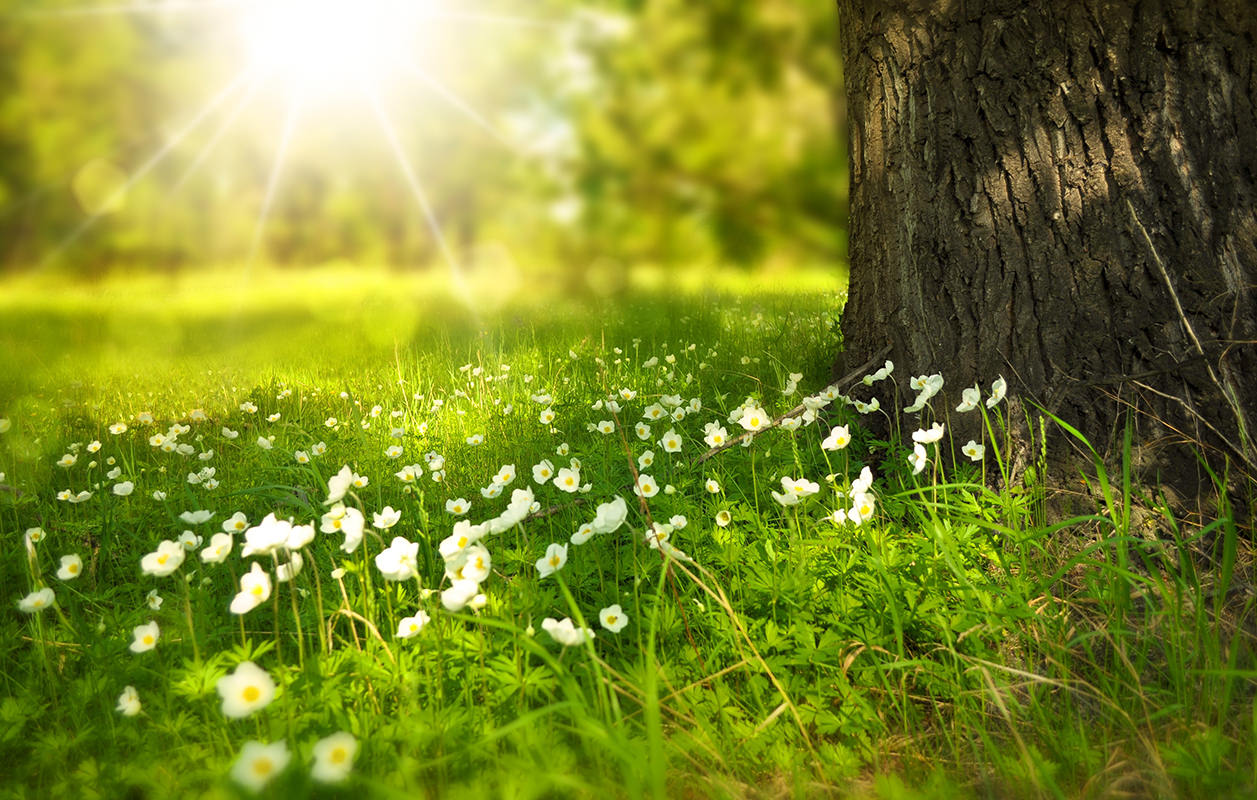
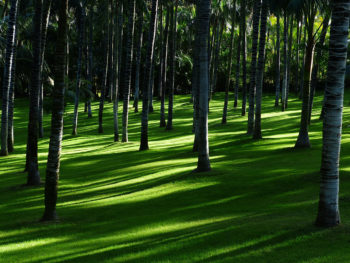
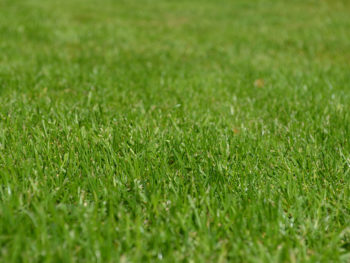
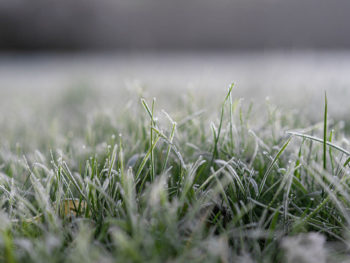
 How a heatwave can affect your lawn
How a heatwave can affect your lawn
